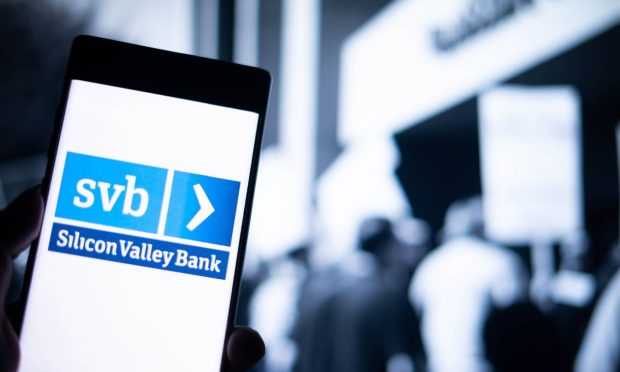Mobile, Instant Money Movement Need Not Spur ‘Instant’ Bank Runs

The digital age might make the bank run a bit like a flash mob.
For those of us less than up to date on the concept, a flash mob is what happens when emails, tweets or other electronic activities spur large groups of people to assemble somewhere, perform an act in unison (a song, a dance), and then disperse.
We’re being a bit irreverent here — a bank run is serious business. But there are at least some parallels — namely, that the combination of mobile devices, word of mouth, and the speed of “instant” means that mass actions can come and go in a whirlwind.
To at least some observers, speedy digital bank runs now are a force, and threat, to be reckoned with.
In comments reported by Bloomberg, Citigroup CEO Jane Fraser observed during an event in Washington D.C. that, with a nod to what happened with Silicon Valley Bank — and with mobile money in the mix, “it’s a complete game changer from what we’ve seen before,” Fraser. “There were a couple of Tweets and then this thing went down much faster than has happened in history. And frankly I think the regulators did a good job in responding very quickly because normally you have longer to respond to this.”
Fraser’s comments come against the backdrop where countries are reporting progress in making global instant, mobile payments a reality. And, generally speaking, the ease of mobile money movement means that the longevity of deposits can be significantly impacted. The old model where banking clients — whether consumers or enterprises — would “park” their deposits for the long haul? Well, that’s fading.
But, of course, digital movement of money has been around for a while. Online banking stretches back across decades, and mobile banking is only a relatively recent development.
Works in Progress
Real-time payments still remain a work in progress — a patch quilt where some countries are further along than others. For the banks, and here in the States, FedNow looms on the near-term horizon. A global lack of ubiquity, and cross-border instant bank runs remains a possibility, but not a “here and now” threat. In a recent roundtable on real-time payments, Meghan Oakes, VP head of products and services enterprise payments Americas at FIS, said that for the banks and the providers seeking to satisfy that demand from consumers and enterprise clients, an incremental approach is often the best strategy — there’s no need to boil the proverbial ocean, Oakes said. A financial institution (FI), she said, can take the first step and cement its ability to receive instant payments, and then seek to be able to initiate those payments.
“I can take one step to get on the rail,” she told PYMNTS during the discussion, “and then grow from there.”
But then again, the mobile infrastructure that is in place — and the events of the past two weeks — show that deposits can, do and will flee swiftly. For the banks, then, the impetus is there to leverage the same mobile channels to reassure investors — to introduce at least some friction into the process that gives rise to looking before one leaps. Mobile/SMS texts explaining deposit insurance, or prodding clients to verify (more than once) that they are sure they want to withdraw significant sums might help slow down any stampede. In the end, instant payments need not be a conduit to financial system meltdowns, or “hopscotching” between banks and accounts.

